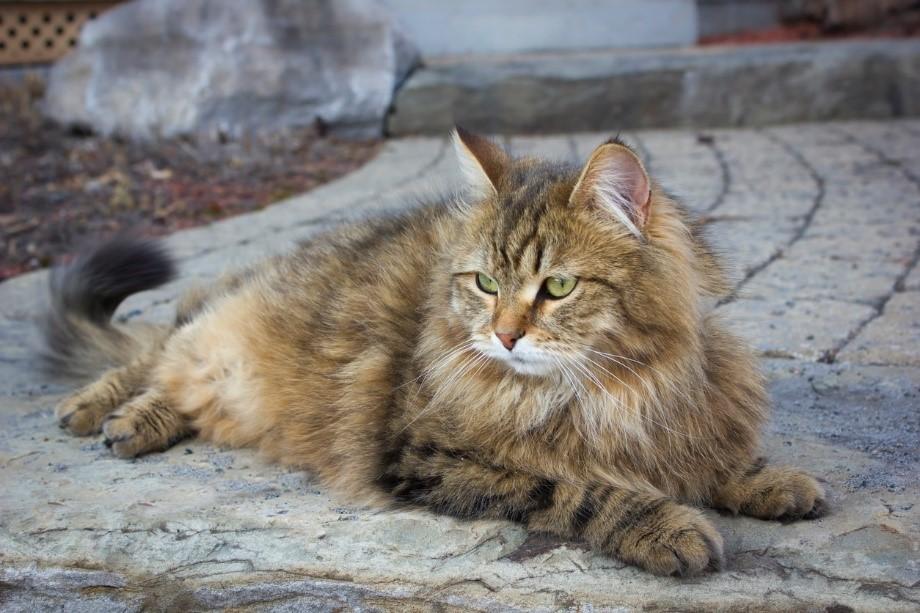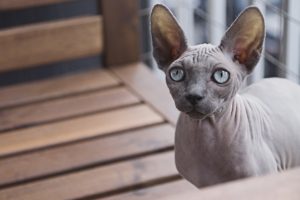Hypoallergenic Cat Breeds
•Posted on December 21 2016

Many people love cats and the idea of owning one but feel like they cannot because of a sensitivity to allergies.
What might come as a surprise is that people aren’t allergic to cat hair. It’s actually the protein Fel d 1, carried in a cat’s skin oil and saliva, that causes allergic reactions. When a cat sheds its coat, or grooms itself, the hair carrying traces of Fel d 1 get spread around the home, increasing the risk of an allergic reaction. Hypoallergenic cats are those breeds that are less likely to trigger allergies in people who are prone to suffering. Although there’s no such thing as a cat that’s 100% allergen-free, the following breeds are the least likely to set off feline-related allergies.
Siberian
Siberian cats are famed for their beautiful long hair, which means most people immediately think they’re unsuitable for allergy sufferers. But because Siberian cats produce less Fel d 1 than many other breeds, they are one of the most hypoallergenic cats around.
Sphynx
In contrast to the Siberian, a Sphynx cat is famous for being practically hairless. Their unique look means they do have special care requirements. However, because they don’t have any hair, the allergenic proteins in cat saliva cannot get trapped in their fur.
Cornish Rex
The coat of most cats consists of three different types of hair: the guard hairs (top layer), the awn hairs (middle layer) and the down hairs (bottom layer). The Cornish Rex only has down hairs, which means they don’t shed much hair and are less likely to spread the allergen Fel d 1 than many other breeds of cat.
Devon Rex
The Devon Rex shares the same coat type as a Cornish Rex, but has and sheds even less hair. Like the Devon Rex, this means they are less likely to cause an allergic reaction by spreading Fel d 1 than most other breeds of cat.
Russian Blue
As the name suggests, this breed of cat originated in Russia, where its fur evolved to withstand the cold climate near the Arctic circle. Because of its dense coat, the Russian Blue traps allergens close to its skin, meaning you avoid breathing them in. There is also evidence that Russian Blues produce less Fel d 1 than most other breeds.
Oriental Shorthair
With their short, fine coat, Oriental Shorthairs shed very little hair. To make cats of this breed even more hypoallergenic, you need to brush them regularly. This helps to remove loose hairs and reduces the amount of hair Oriental Shorthairs shed by even more.
Balinese
The hypoallergenic tendencies of Balinese cats are like Siberia cats in that their skin produces less Fel d 1 than most other breeds. Consequently, when shed, their fur spreads less allergens.


